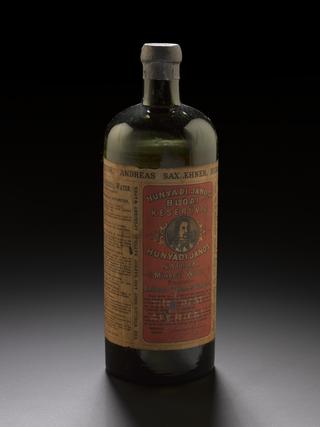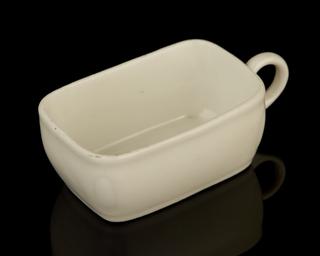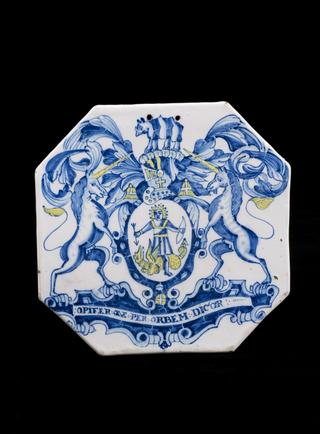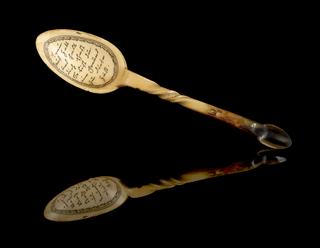

Mattei's electro-homeopathic cures (quack), with 4 labelled glass bottles and 16 phials, c1870
Cesare Mattei, an Italian count, was interested in homeopathy. Mattei believed that fermented plants gave off ‘electrical’ energy that could be used to cure illness. He also believed that every illness had a cure provided in the vegetable kingdom by God. He began to develop his system from 1849. The large bottles are labelled ”Red”, ”Green”, “White”, “Yellow” and “Blue” so the actual ingredients remained a secret. Ointments were made up with ingredients from the small and large bottles. The vial labelled “Canceroso 5” was used for bruises, cancers, chilblains, hair loss, skin diseases and varicose veins, among other conditions.
Although dismissed by the medical profession as quackery, Mattei’s system was popular. It formed part of the treatment at St Saviour’s Cancer Hospital in London from 1873. However, by the 1930s Mattei’s ideas were generally dismissed.
Details
- Category:
- Pharmacy-ware
- Collection:
- Sir Henry Wellcome's Museum Collection
- Object Number:
- A600342
- Materials:
- leather, glass, cork, sealing wax, felt, silk, materia medica, cotton wool and incomplete
- Measurements:
-
overall: 54 mm x 157 mm x 105 mm, .4kg
overall (closed): 52 mm x 159 mm x 106 mm, 0.404 kg
overall (open): 51 mm x 159 mm x 214 mm, 0.404 kg
- type:
- medicine chest




